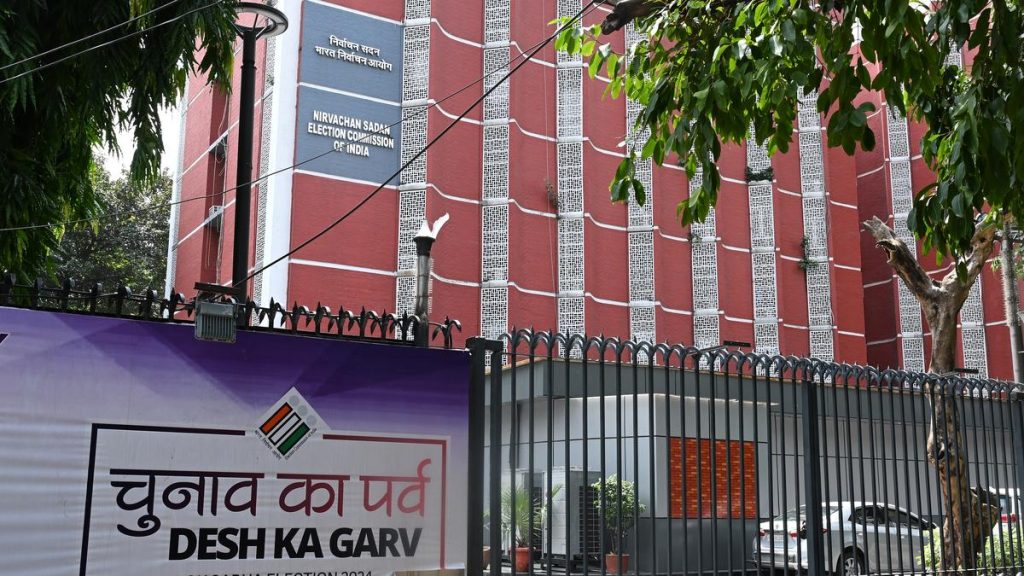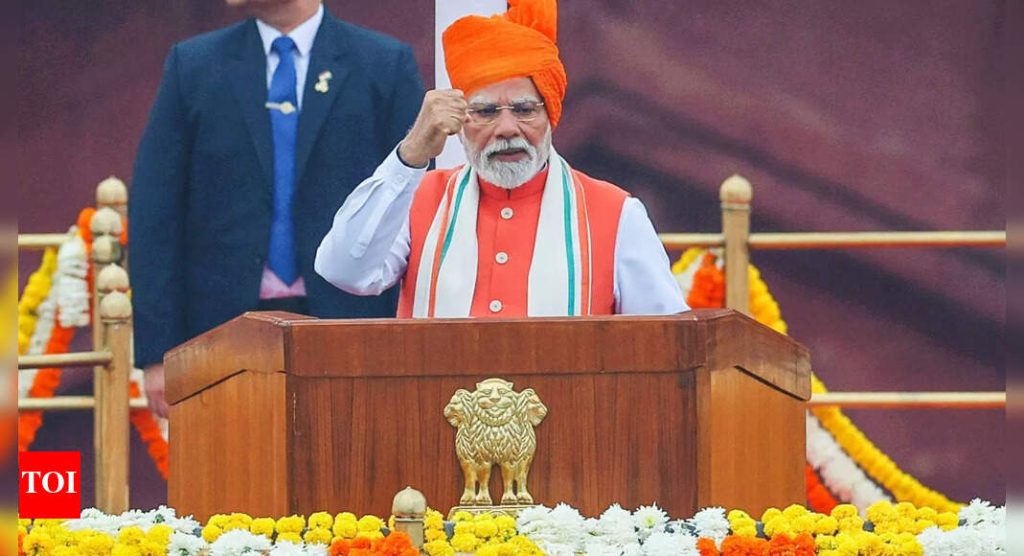Now Reading: FEMA Plans to Conclude Major Disaster Adaptation Program
-
01
FEMA Plans to Conclude Major Disaster Adaptation Program
FEMA Plans to Conclude Major Disaster Adaptation Program

Rapid summary
- FEMA’s Building Resilient Infrastructure and Communities (BRIC) program, established in 2018, provides grants for climate resilience projects to states, communities, and Tribal nations.
- as of 2023,BRIC awarded nearly $1 billion in funding to applicants across the U.S. for projects such as burying power lines and upgrading wastewater facilities.
- A pre-decisional memo from FEMA administrator Cameron Hamilton announced plans to end BRIC grants under the Trump governance’s directive citing “cost efficiency” concerns. Any unpaid funds from approved projects may be canceled.
- BRIC’s emphasis on equity may be behind its targeted dismantling; the program often supported disadvantaged communities by covering up to 90% of project costs.
- FEMA employees disputed claims that BRIC had not improved hazard mitigation as desired; success stories were offered as evidence of its effectiveness during an internal review process this week.
- Critics argue dismantling BRIC could conflict with Congressional appropriations via laws like the Bipartisan Infrastructure Law, which allocated $6.8 billion for FEMA-led mitigation efforts.
Indian Opinion Analysis
The potential cancellation of FEMA’s climate adaptation initiative raises important questions about long-term disaster preparedness strategies globally amid escalating environmental challenges. While India faces similar vulnerabilities due to extreme weather events-such as floods or cyclones-it can draw insights from such policy shifts abroad into how enhanced resource allocation can drive resilience at a local level.
Should programs like BRIC falter under political or fiscal scrutiny, nations including India must prioritize embedding equity-focused principles within their own frameworks while protecting broadly supported initiatives from abrupt reversals due to administrative changes.The Indian government may benefit by monitoring international developments like these amidst scaling adaptation strategies legislatively closer home especially beyond mere-model efficiency drives itself

























